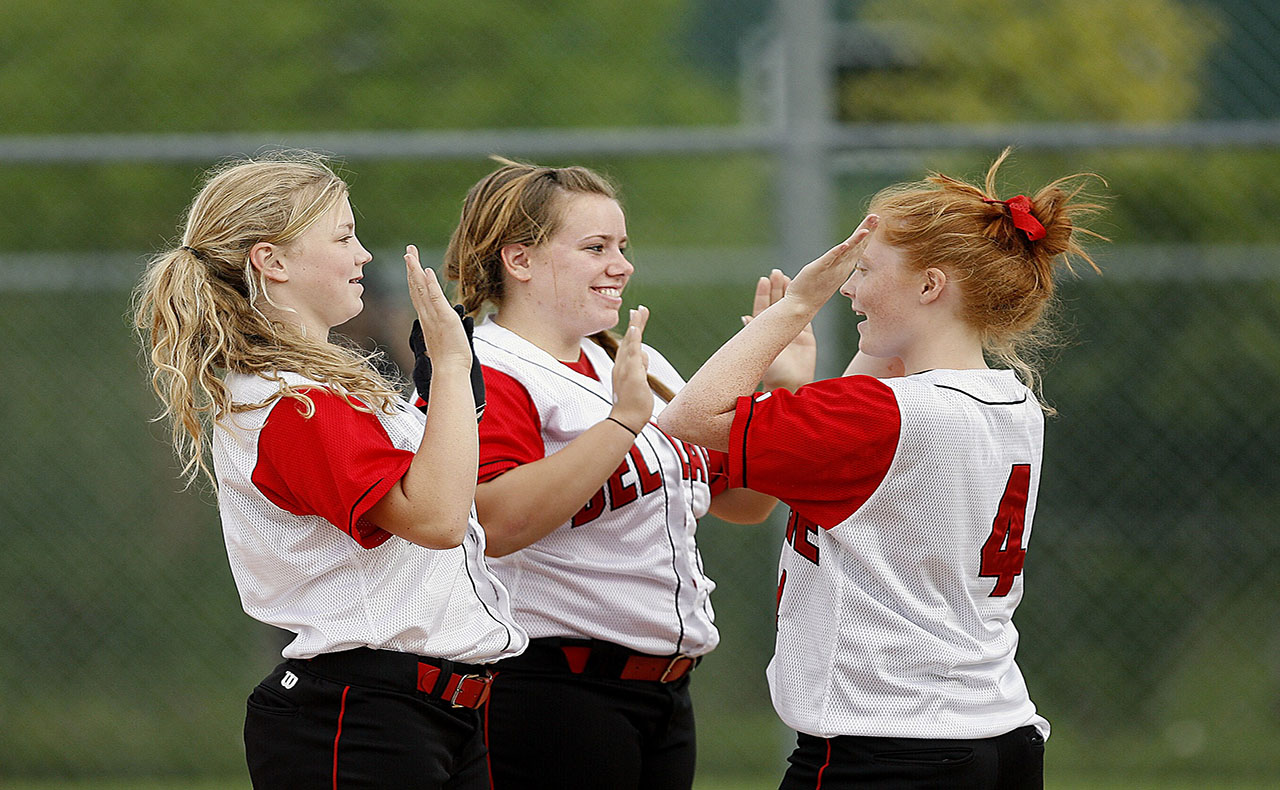Managing Emotions in Sport

Published
There is no construct of human psychology and functioning more prevalent in sport than emotion. Mood, emotions, and general affect can influence every movement in every sport. Consider a typical 45 second shift in ice hockey. Within those brief 45 seconds, the player might begin the shift with high confidence (“I’m going to have a strong shift!”), receive the puck and skate in on the opposing goal with high excitement (“I’m going to shoot high glove side and score!”), get poke-checked by an opposing player inducing feelings of frustration (“That was a missed opportunity”) and guilt (“I could have really helped out my team”), back-check and makes a good defensive play which raises the player’s pride (“I helped my team by showing hustle and foiling the opposition”), and finally, end in a scrum in front of the net where there is much shoving with opposing players where the player takes a spear to the midsection that the referee misses inducing anger (“I can’t stand that creep!”). Six different emotions within 45 seconds and each emotion will have the potential to help or hinder the player’s performance.
Effectively managing emotions then becomes an important skillset for every athlete. Emotion regulation means the use of strategies to initiate, maintain, modify, or display emotions (Gross & Thompson, 2007). This means that any attempt to change how long an emotion lasts, how intensely you feel the emotion, or what you are actually feeling is an attempt at emotion regulation. Further, emotion regulation isn’t just about changing how you feel, but can also involve changing the emotion’s action response (i.e., avoidance or confrontation) and physiological responses (e.g., facial expression or breathing patterns).
Emotion regulation: A family affair
There are literally hundreds of different emotion regulation strategies. James Gross (1998) has identified five families of emotion regulation. Each can be used in sport:
- Situation Selection: An athlete can modify their emotions by selecting which situation to engage in. For example, a skier who is nervous about re-aggravating an injury might choose to skip a race in order to calm themselves. Goal-setting can act as a type of “situation selection” in that it can help ensure the athlete remains in desired and intended situations.
- Situation Modification: Once dedicated to the situation, the athlete can change some aspect of it to manage their emotions. For example, a figure skater who is nervous about a specific element might perform a modified version of the element at a lower difficulty in order to feel more confident about the whole performance. Consistently doing performance debriefs can help an athlete reflect on what potential tactics are available based on anticipated situations.
- Attentional Deployment: An athlete can also choose what aspect of the situation to focus on (and/or ignore). For example, a volleyball player worried about the impending outcome of the game might choose to focus on specific aspects of the next serve-receive to shut out distracting thoughts about the outcome. Focus strategies that have primed the athlete about what is in, and out of, the athlete’s control can be an effective tool here.
- Cognitive Change: An athlete can choose what meaning or perspective to have about any situation. For example, a basketball player who is happy with her performance in the first half of a game might remind herself that “there’s still another half to play” in order to maintain a high and focused intensity. Given the strong link between appraisals and emotions, self-talk (that is, the things we say to ourselves either out loud or in our head) is an essential tool for effective cognitive change.
- Response Modulation (Suppression): After an athlete has experienced an emotion, he or she can try to alter the emotional response (behavioral, physical, or physiological). For example, a baseball player who strikes out can hide feelings of frustration by resisting the urge to curse or toss the bat. Having visualized potential “if-then” plans to employ based on anticipated emotional responses can be an effective tool in this circumstance.
Each emotion has the potential to either help or hinder performance. Identifying which emotions do what in any given circumstance is the first step to learning how to manage emotions. Once this has been accomplished, athletes can begin to identify and practice emotion regulation strategies that are both effective and are likely to be employed based on the athlete’s ability and personality as well as the confines of the sport.
References
Gross, J. J. (1998). The emerging field of emotion regulation: an integrative review. Review of General Psychology, 2(3), 271-299. doi:10.1037/1089-2680.2.3.271
Gross, J. J., & Thompson, R. A. (2007). Emotion regulation: Conceptual foundations. In J. J. Gross (Ed.), Handbook of emotion regulation (pp.3–24). New York, NY: Guilford Press.
Share this article:
Published in:





